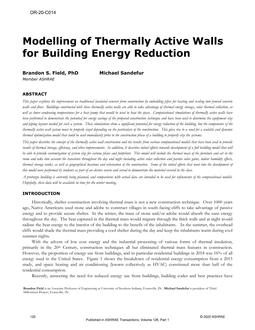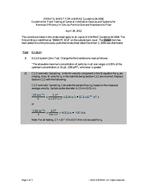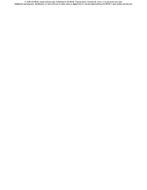A central-supply ventilation system and a distributed-supply ventilation system were simulated to determine their relative performance in controlling occupant exposure to indoor air pollutants. Two different control strategies were used – (1) constant exhaust flow rates (continuous ventilation) and (2) modulations of the exhaust flow rates to keep the carbon dioxide concentration in the exhaust air stream constant (demand-controlled ventilation). The demand-controlled ventilation systems showed no clear advantage over the continuous ventilation systems. They reduced the exposures to some pollutants and increased the exposures to others. In some cases, the relative performance of the demand-controlled ventilation systems depended strongly on whether central-supply or distributed-supply ventilation was used.
KEYWORDS: calculating, performance, ventilation, carbon dioxide, occupancy, sensors, performance, exposure, air pollution, indoor, continuous operation, mechanical ventilation, demand controlled ventilation
Citation: Symposium, ASHRAE Trans. 1991, vol.97, part 2
Product Details
- Published:
- 1991
- File Size:
- 1 file , 820 KB
- Product Code(s):
- D-18331


